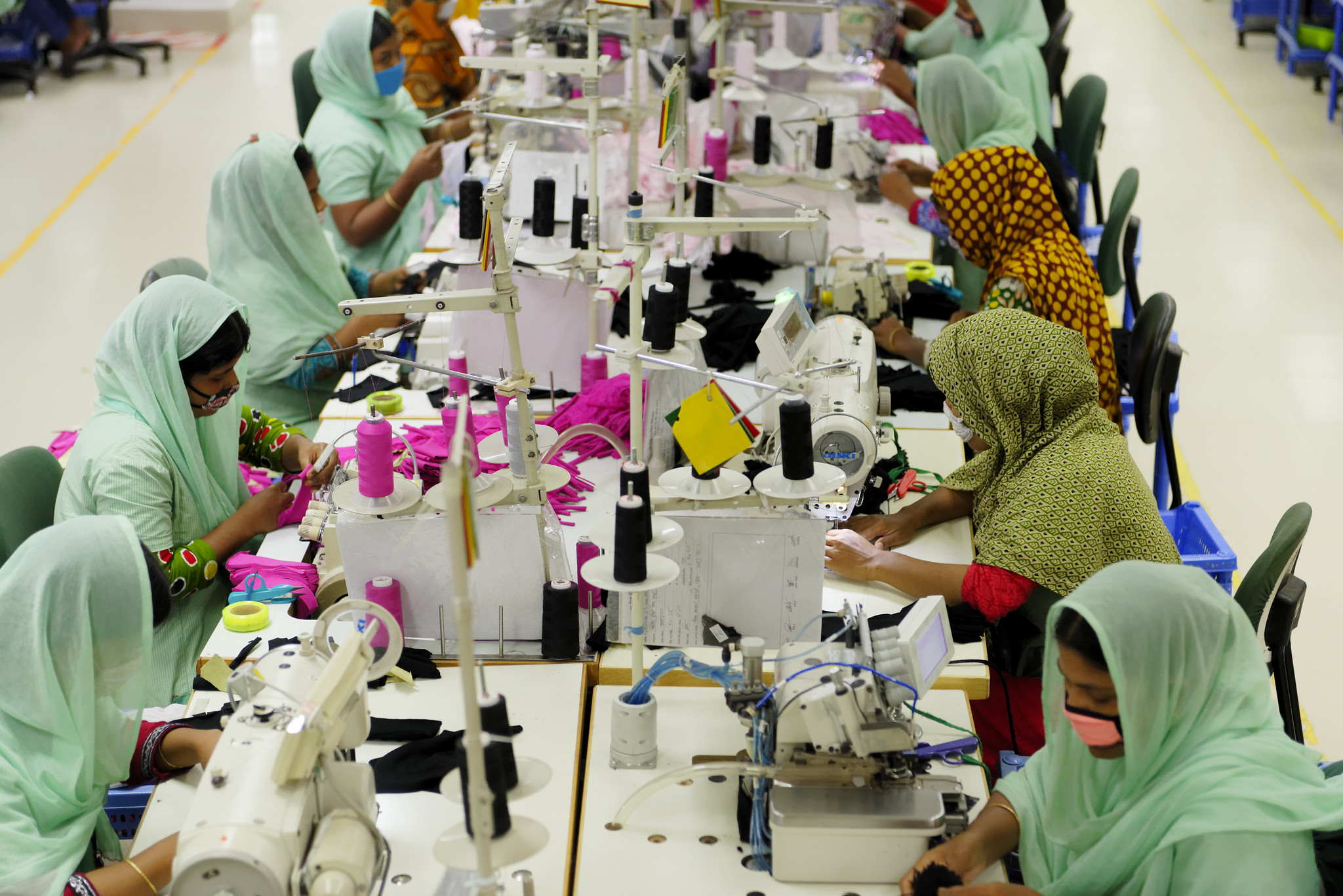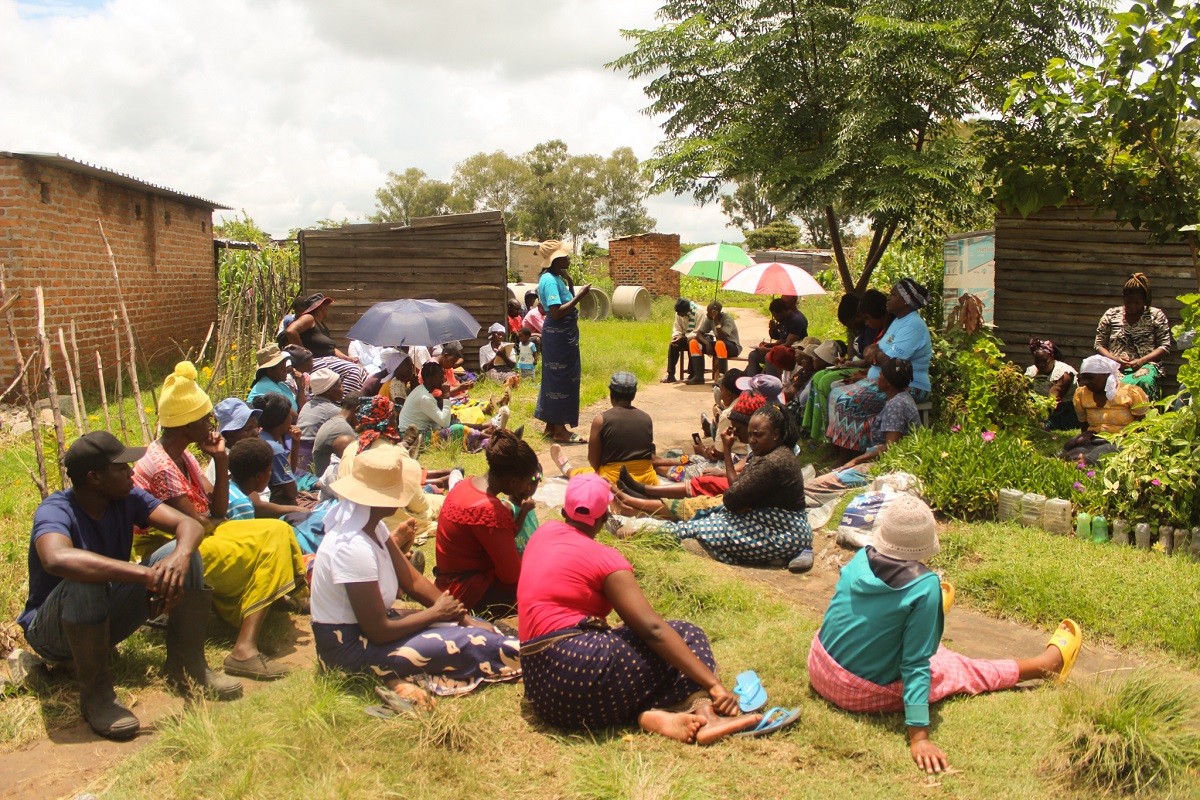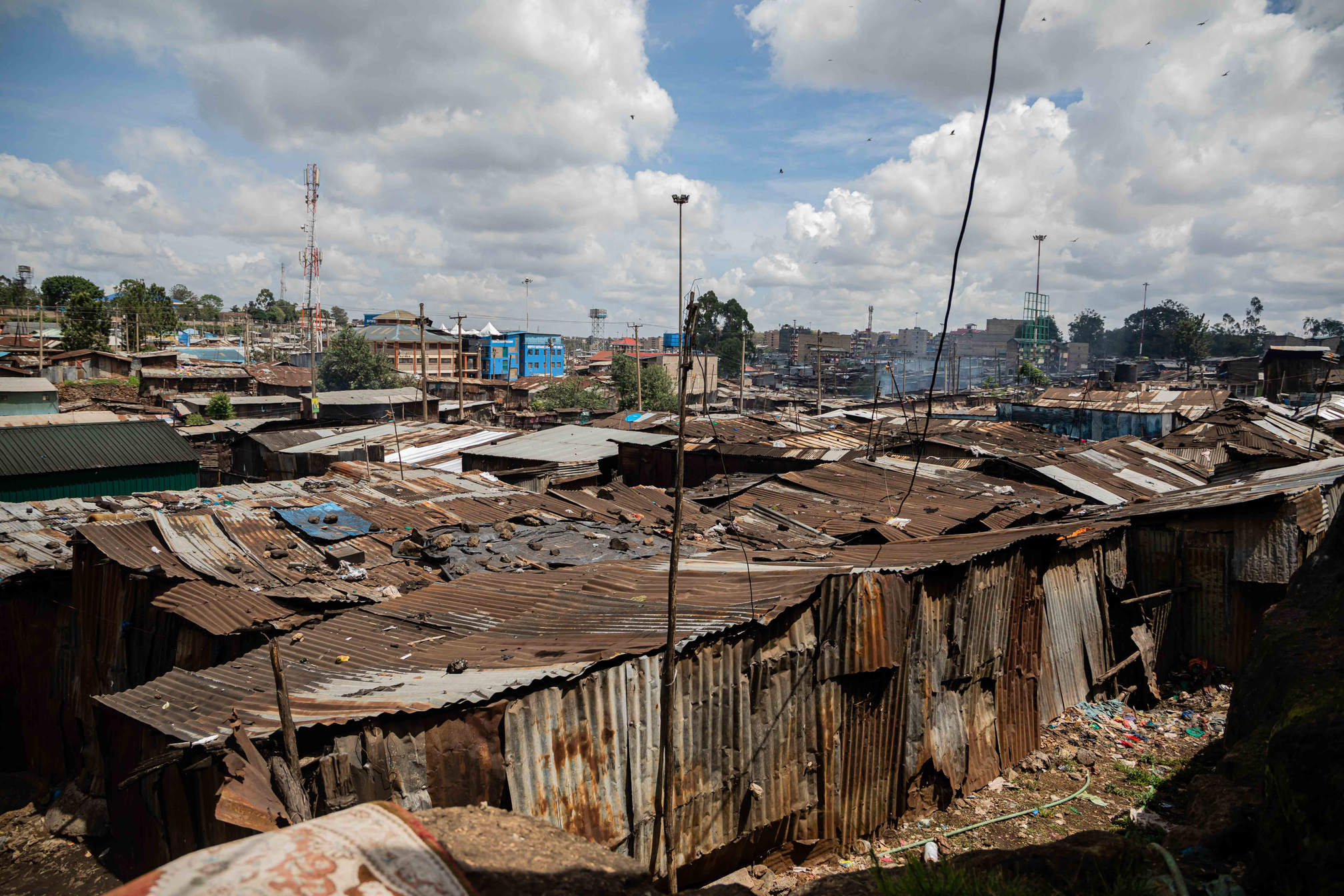The pandemic is widening the existing socioeconomic inequalities all over the world. In developing countries, it is threatening to undo much of the fragile gains made in recent years. Take Bangladesh for instance, where women have come a long way since independence 50 years ago yet have a much longer way to go against the repressive gender norms that die hard. Now the pandemic is, in interaction with these norms, making women’s lives more difficult, which may have a long-term negative impact on women’s empowerment in Bangladesh.
At the BRAC Institute for Governance and Development (BIGD), we did a national survey to understand the challenges and prospects of youth employment in the ongoing pandemic scenario. We find an alarming gap between young men and women. Almost a third of young women employed before the pandemic were out of a job as of January 2021 – seven months after economic activities resumed in Bangladesh. The rate was three times higher than the rate among young men. During the first lockdown in April 2020, both young men and women suffered equally. But afterwards, most young men who lost their job found a new one, while most women in a similar situation did not. Even among the young women who managed to regain employment, many were working fewer hours and earning far less. Their average weekly working hours fell by 15%, compared to a meagre 1.5% fall for young men, and their income loss from the pre-pandemic level was 21%, more than twice the rate of young men. These findings are consistent with the findings in other surveys. Another BIGD national survey among economically vulnerable people found that the unemployment rate among female household heads was five times as high as their male counterparts in March 2021.
Limited formal sector opportunities
This is true everywhere: women have suffered a greater and more persistent job loss than men. Lack of job security, over-representation in informal and vulnerable sectors and a greater burden of unpaid care are taking a prolonged dip in women’s economic participation worldwide due to the pandemic. In Bangladesh, 90% of working women are in the informal sector. More than two-thirds work on their own account or as family help, both of which are defined by low income and vulnerability. The main source of employment in the formal sector remains to be the ready-made garments (RMG) sector, which crucially depends on the abundant cheap female labour in the country. RMG was one of the most affected sectors in Bangladesh during the pandemic due to the cancellation of orders. This portrays the risks of over-dependency on a certain sector and calls for more diversity in women’s employment.
Gender norms and employment
Women’s employment pattern and lack of choices is, of course, a result of the existing gender norms. The same norms are making it more difficult for women to find and retain employment and earn a living. In a society where men are considered more capable, employers are likely to prefer men when the jobs are in short supply. South Asians believe that men have more right to a job than women when jobs are scarce, according to the global World Values Survey. Besides, once women get more involved in household chores and care work, it is difficult for them to return to work, because taking care of the household is still believed to be women’s primary responsibility, and Purdha still prefers women staying at home, often despite economic opportunities outside.
Many of these women facing long-term unemployment may permanently decide to get out of the labour market. In a society that views women’s primary role as homemakers and underestimates their contribution to the labour market, such loss in income further decreases the opportunity cost of women not going to work and strengthens the ‘male breadwinner’ ideology.
Women’s well-being
Young women also suffer from consistently poorer mental health compared to young men. While mental well-being has improved for all youths since the lockdown period, 20% of young women were in probable/possible depression during both lockdowns and in January 2021, compared to 12% of young men.
Though women were undoubtedly more affected on all fronts, almost all the youths in this study, regardless of their gender or occupational status, believed that men were more affected than women, both socially and economically. Besides limited economic opportunities, women also enjoy very limited mobility in our country and spend a lot more time indoors than men do. A survey on urban households living in poor areas of Dhaka in 2018 revealed that only 40% of women go outside their communities every day compared to 84% of men. This may be a reason why challenges facing men during Covid-19 are getting more attention.
Predominant perceptions about women’s capabilities and economic contribution and their invisibility may divert attention from the peril women are facing in this pandemic. But such negligence will be a big blow on the progress that we made so far in empowering women. Despite vast improvements, just over a third of working-aged women participate in the labour force, and women constitute 90% of the youths who are neither in education, earning or training (NEET). Women’s empowerment in Bangladesh is still very fragile, and the risk of regression is real. We need to pay attention to prioritising women’s jobs and education to safeguard progress, especially at a time when the country is facing a third wave of infections and lockdown.


